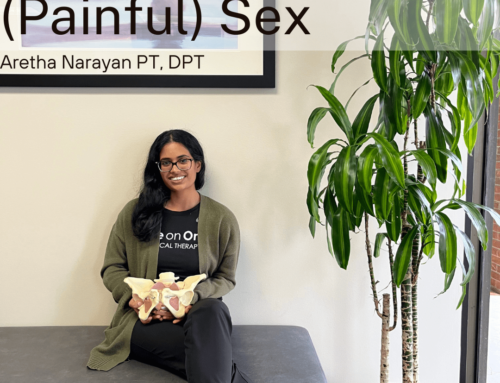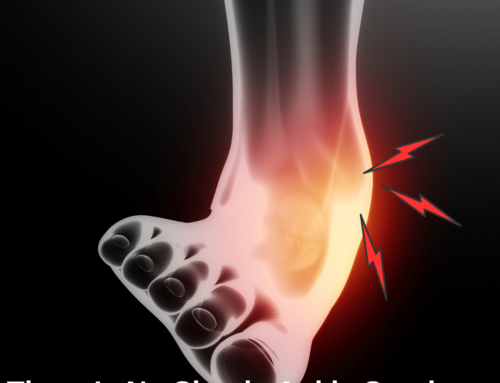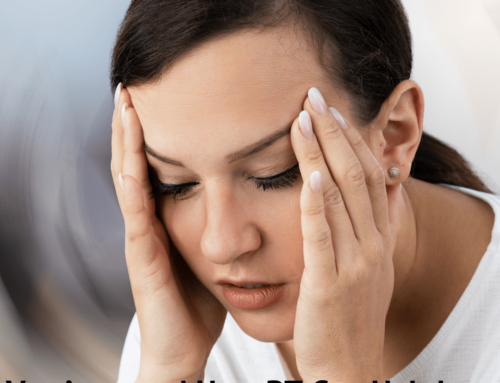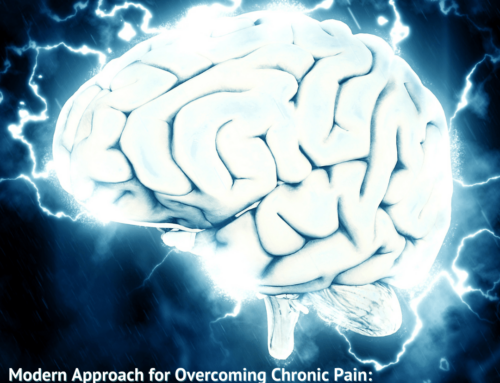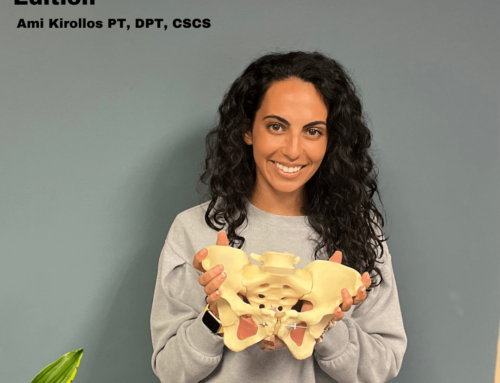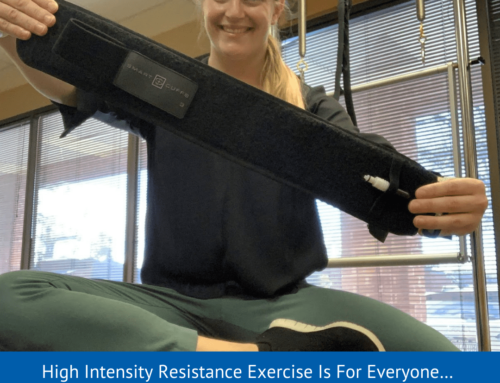Bouncing “Back”

Tennis season is upon us in Atlanta albeit it will look a little different this year. If you are wanting to get back out on the court this Spring, now is the time to see your physical therapist for a tune-up so you are ready to play without risking injury. For those of you who have been working from home, on Zoom calls, sitting in a chair for the last year, you may feel tighter than usual and may already feel some low back pain. I urge you to seek help to eliminate that back pain before you hit the court. Physical Therapists have many tools and treatment techniques to help alleviate low back pain so that you can return to the court safely.
Research shows that about 80% of the population will have at least one episode of back pain in their lifetime. Tennis players are at greater risk of sustaining lumber (lower) spine injuries due to the repetitive nature of the sport as well as the twisting, turning, and flexion and extension loads placed on the spine while on the court. Symptoms can include a dull ache, severe muscle spasms where the back “locks up”, or radiating pain down the leg. And for those of you who have been stuck sitting at your workstation who already have low back pain, playing tennis can make you feel worse.
Studies show that up to 54% of the force production in tennis is driven from the trunk, hips, and legs. So, if you have back pain or a back injury, you will be unable to transfer the ground reaction forces up the kinetic chain through the spine to the shoulder and arm. Without the low back helping to transfer those forces, you will “muscle” the ball to try to still hit that shot, which causes overuse in the shoulder, elbow, and wrist and may lead to injuries like tennis elbow and rotator cuff tendinopathy. So, in order to avoid developing other injuries, it is imperative to get your back checked out and treated sooner rather than later. In most cases, low back pain can be managed conservatively with physical therapy intervention such as trigger point dry needling, soft tissue, and joint mobilization, stretching, corrective exercises, and education.
What types of back injuries do tennis players have?
Mechanical Low Back Pain
Most recreational tennis players will struggle with mechanical low back pain, which means stiffness and tightness in the joints and soft tissue in the lumbar spine. The primary symptoms include a dull ache or sharp pain in the low back, stiffness, and tightness in the back when waking in the morning or after prolonged sitting, weakness or instability in the low back, pain with lifting, bending and twisting, and tightness in the hamstring muscles.
Radicular Pain
Radicular pain is pain that radiates along a nerve due to inflammation or other irritation of the nerve root (radiculopathy) at its connection to the spinal column. A common example is Sciatic, radicular pain that radiates along the sciatic nerve from the lumbar spine, into the gluteal muscles, the back of the thigh, calf, and into the foot and is often secondary to a spinal disc Herniation, osteophytes in the lumbar facet joints, or spinal stenosis.
Sciatica and Herniated Discs are common in recreational tennis players. A herniated disc occurs when the gel-like center of spinal disc bulges or ruptures through a weak area in the disc wall and compresses the spinal nerves causing radiating pain down the leg (sciatica). The intervertebral discs are flat, round “cushions” that act as shock absorbers between each vertebra in your spine. Each disc has a strong outer ring of fibers called the annulus, and a soft, gel-like center called the nucleus pulposus, which serves as the main shock absorber. In the majority of cases, disc herniation occurs at the L4-5 or L5-S1 discs in the lumbar spine. The rotation in the trunk that is required on the court for optimal stroke mechanics stresses the disc and can cause a disc injury. If you know you already have a history of a herniated disc, and you have been sitting on Zoom calls for the last year, you may already have pressure on your sciatic nerve and are feeling some radiating pain in your buttocks or down your leg. It is imperative that you seek help before playing tennis with these symptoms as you can make your back worse.
Myofascial Pain
Myofascial Pain is pain that stems from active, painful trigger points in the musculoskeletal system. People with myofascial pain often report low back or hip tightness, stiffness, and/or radiating pain in the hip, buttock, or down the leg, which can mimic sciatica, but without the neurological involvement or pattern that is associated with sciatica. So, it is important to seek help from a skilled Physical Therapist to identify the underlying cause(s) of your low back pain, to provide an accurate diagnosis, and to implement the best treatment interventions.
What Influences Back Pain?
Poor Stroke Mechanics. It is imperative to work with your coach to ensure that you are striking the ball with optimal stroke mechanics and using your legs and trunk properly. So, if you haven’t played much the past few months, having a few lessons to refresh your tennis strokes can be helpful.
The Core Connection. Weakness and muscle imbalance in the core is a major contributor to back pain. The core encompasses the deep Transversus Abdominis muscle in the abdomen; the smaller, deep muscles along the spine (multifidus); the diaphragm; and your pelvic floor muscles. I also always include the gluteal muscles as part of the core as they are major stabilizers for your pelvis and spine. Hip and core strength is imperative to a healthy back. You can do various exercises to help strengthen your hips and core. If you work with a personal trainer or fitness trainer, they can also add drills into your training that work on loading the legs and hips properly to help develop the strength and agility that is required on the tennis court. If you are a new mom or have had any abdominal surgery, including a C-section, restoring the core control is imperative to prevent back injuries and to alleviate your postpartum aches and pains. You can seek care from a Pelvic Health Physical Therapist that specializes in women’s health to regain that core control.
Just Breathe. Abnormal breathing mechanics can contribute to low back pain. Most people don’t realize that the diaphragm is a key component of the deep core. While on the court, most recreational tennis players hold their breath as they strike the ball, which can cause abnormal intra-abdominal pressure. This causes you to overuse your neck muscles to help you breathe, which can lead to low back and neck pain. Abnormal breathing mechanics minimize your rib expansion, which can make you feel tight and stiff in your back, neck, and chest. Off the court, you may sit at a desk or drive a carpool without good posture, which limits your rib expansion and diaphragm movement and places abnormal stress on the spine. Breathing takes conscious attention and effort. If you have back pain, you can guarantee that your deep core system and your breathing need some work. Physical Therapists can assist you in retraining your breathing mechanics through simple exercises and manual therapy techniques. Imagine inflating a balloon 360 degrees. Don’t just inflate the front of the balloon (the belly). Learning the proper way to breathe is a game changer!
Preparation & Recovery. Poor warm-up and recovery strategies may contribute to injury risk. If you are one of those players who goes from the court and grabs your favorite glass of wine or beer, you need to cool down before you throw back a few. If you sit at a desk all day and head to the court without stretching and warming up, your muscles are going to be stiff and tight, which puts you at risk for injury. Good preparation and recovery doesn’t need to take long to be effective. Consistency is the key.
What can we do to prevent low back pain?
Most low back pain and injuries can be rehabbed successfully with time, dedication and a Physical Therapist who understands the demands of tennis.
Dynamic Warm-up. Take at least 10 minutes to warm-up before putting the racket in your hand. A dynamic warm-up consists of movements that will prepare your body for the demands of tennis, like hip swings, forward and lateral lunges, walking on toes and heels, high knees, and butt kicks. If you thought your warm-ups were important when you were young and limber, consider how important they are now. For more information on a proper tennis dynamic warm-up, ask your tennis coach or local physical therapist or visit www.onetherapy.com for videos of tennis dynamic warm-ups.
Cool-down Stretching. Stretch all the muscles you used on the court for about 30 seconds per muscle. This won’t take long, so take the extra few minutes after tennis to stretch. Your back will thank you!
Foam Rolling. Foam rolling is a great way to stretch and massage your muscles and fascia after you play. I recommend combining this with your stretching. Roll each muscle for about 30 seconds.
Cross Training. Pilates, yoga, cycling, and strength training are great ways to cross train for tennis, which build strength, maintain good core control, and flexibility and will help reduce your risk of injury.
Red Flags
Some conditions that are more rare can be severe and need to be treated urgently. If you experience any of the following red flags, seek care immediately:
- Extreme weakness in both legs
- Bowel or bladder dysfunction
- Numbness and tingling in the “saddle area” (the rectal and genital areas and the inner thighs).
Conclusion
While it may be common for you to have low back pain, don’t shrug it off as normal or because you are getting older. If you have low back pain, seek help immediately from your Physical Therapist. We are here to help you bounce back to the court!
About the Author
Dr. Melissa Baudo Marchetti, PT, DPT, SCS, MTC is a Board Certified Sports Clinical Specialist at One on One PhysicalTherapy, a multidisciplinary private practice in Atlanta, GA. For nearly 5 years she was a full-time Sports Physical Therapist for the WTA Tour and is a Tennis Medicine Expert who also specializes in hip and low back pain. She teaches a Sports Physical Therapy Course and assists in teaching Orthopedics within the Division of Physical Therapy at Emory University. Learn more by visiting www.onetherapy.com. The team at One on One Physical Therapy provides expert care for recovery from all injuries.
